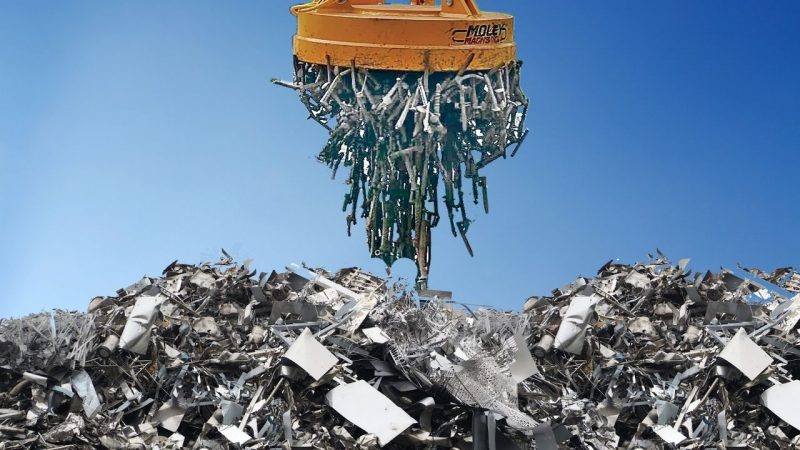
Scrap Consumption Trends and Steel Production in 2024
Global scrap consumption decreased by 1% in 2024, reaching 460.6 million tons, according to BIR data covering 76% of steel production. This decline contrasts with a smaller 0.7% drop in global steel output, which totaled 1.55 billion tons. The data signals a shifting role for scrap metal in steelmaking, varying significantly across key markets.
South Korea experienced the largest scrap consumption drop of 14%, down to 22.5 million tons, despite only a 4.8% decline in steel production. The United States and Japan saw smaller scrap reductions, 3% and 3.2% respectively, while China’s scrap use fell 1.9%, even as steel production remained relatively stable.
Growth in Scrap Consumption Highlights Circular Economy Trends
In contrast, Turkey, the EU, and India recorded growth in scrap usage in 2024. Turkey led with a 7.5% rise to 31.3 million tons and now uses scrap for 84.8% of its steel production—the highest among major producers. The EU increased scrap consumption by 1.9% to 76.6 million tons, while India also showed positive dynamics.
Turkey further strengthened its role as a leading scrap importer, sourcing 20.1 million tons mainly from the U.S., Netherlands, and UK. Meanwhile, the EU remained the top scrap exporter despite an 11.4% decline, shipping 17 million tons abroad. The U.S. held second place with 14.4 million tons of scrap exports.
This uneven global scrap consumption trend signals a shift toward increased use of primary raw materials in some countries, while others accelerate decarbonization efforts through scrap and circular economy growth.
SuperMetalPrice Commentary:
The slight decline in global scrap consumption in 2024 reflects changing dynamics in steel production and raw material sourcing. However, strong growth in Turkey, the EU, and India underlines an important move toward sustainability and circular manufacturing. Increasing scrap use in these regions supports decarbonization and resource efficiency goals, critical for the future of the metals industry. Monitoring these trends will help industry stakeholders navigate evolving supply chains and environmental regulations.











Leave a Reply
You must be logged in to post a comment.